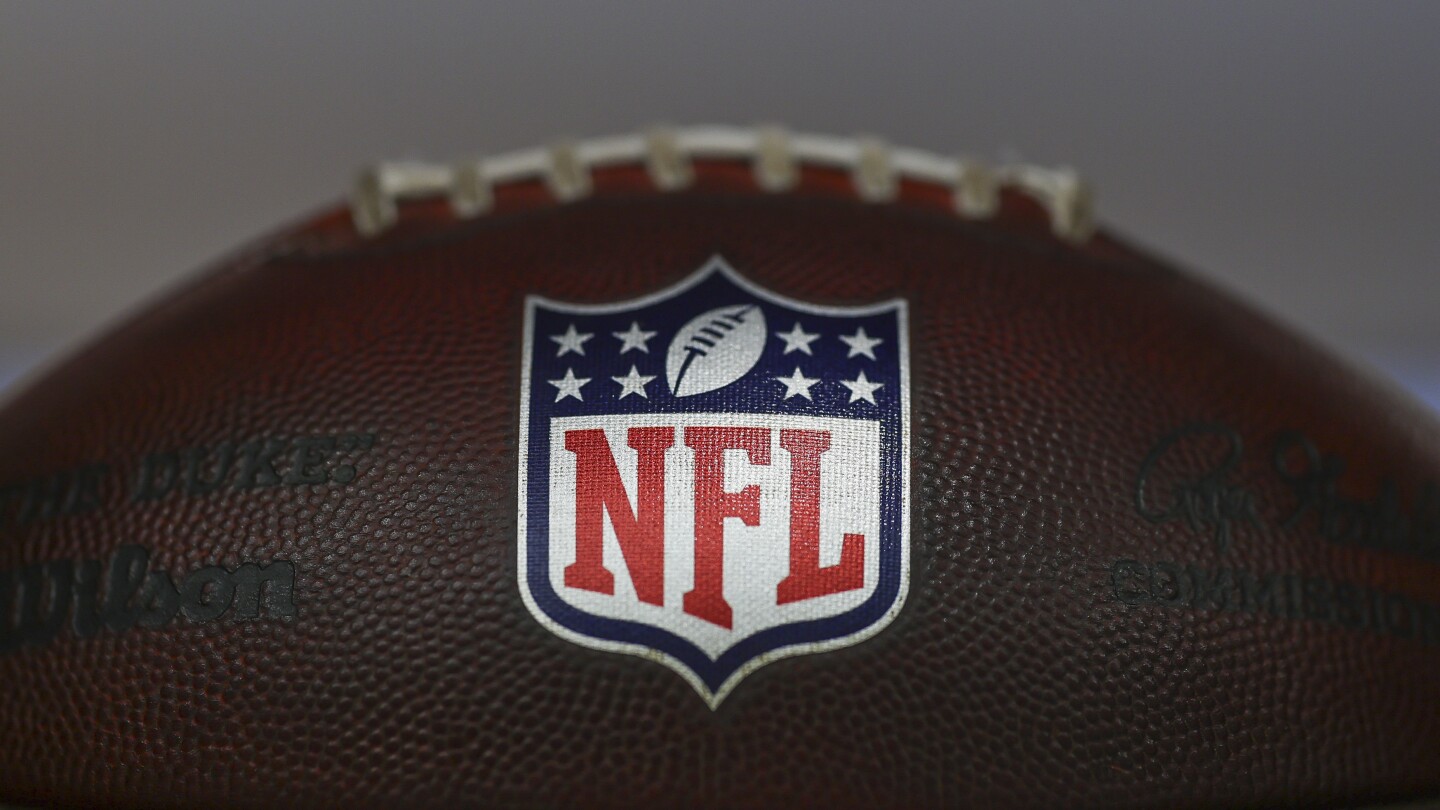
Why did the NFL and NFLPA hide the collusion ruling?
How did your country report this? Share your view in the comments.
Diverging Reports Breakdown
Why did the NFL and NFLPA hide the collusion ruling?
The NFL and the NFL Players Association kept the collusion ruling secret. Pablo Torre and I delved into the subject during the latest episode of Pablo Torres Finds Out. The NFL avoided what could have been multi-billion-dollar liability. The union should have been shouting it from the rooftops, Torre says. The decision may have prevented other potential victims of collusion from pursuing a grievance of their own.. The big questions are to what extent the union’s failure to use the collusion decision is going forward is going to affect its ability to secure gains through negotiation, not litigation, says Torre. The case proved that the NFL tried to get its teams to collude. The details are unprecedented, and the takeaway is unmistakable, says the NFLPA executive director DeMaurice Smith, who filed the collusion grievance. It may have slammed the door on the ability of other players to parlay this partial (but significant) victory into a case of their Own.
The secret was finally exposed today, thanks to Pablo Torre. The next question becomes why both sides zipped their lips over Droney’s decision?
Torre and I delved into the subject during the latest episode of Pablo Torre Finds Out.
Although the NFL ultimately won, the NFL had every reason to keep the decision quiet. The case proved that the NFL tried to get its teams to collude. From the decision: “There is little question that the NFL Management Council, with the blessing of the Commissioner, encouraged the 32 NFL Clubs to reduce guarantees in veterans’ contracts at the March 2022 annual owners’ meeting.”
The NFL avoided what could have been multi-billion-dollar liability (more on that later) because Droney accepted the self-serving testimony of no fewer than eight owners that they didn’t heed the Management Council’s encouragement to collude. The document nevertheless includes more than enough evidence, in our view, on which a finding of actual collusion could have been based.
The best metaphor (or at least the best one my relaxed brain can come up with) is this: The league was caught with its hand in the cookie jar and with crumbs on its shirt. But because Droney didn’t actually see the league eating the cookies, he accepted as truthful their claim that they did not.
Keeping it secret had another benefit, which also will be discussed later. By hiding it for more than five months, the NFL may have prevented other potential victims of collusion (starting with quarterbacks who since 2023 have not received fully-guaranteed contracts) from pursuing a grievance of their own.
The far bigger question is why would the NFL Players Association not trumpet this ruling?
The union should have been shouting it from the rooftops. They’ve finally proved that which had been suspected for years — that the quarterly meetings are (as former NFLPA executive director DeMaurice Smith calls them) “collusion meetings.” The details are unprecedented, and the takeaway is unmistakable.
With the Deshaun Watson contract lighting the fire for fully-guaranteed contracts, the league needed to put it out. Quickly. And the league (through the Management Council, with the blessing of the Commissioner) grabbed a hose and started spraying.
Even though Droney ultimately failed to connect the dots and/or apply common sense (in my opinion), the union proved that the league WANTED the teams to collude. That’s a massive finding.
One reason to keep it secret deals with internal union politics. New executive director Lloyd Howell is viewed as a business person who can secure gains through negotiation, not litigation. Smith, who filed the collusion grievance, was the wartime consigliere. With a ruling that tends to prove Smith’s approach works, Howell has no reason to do a victory lap with the fruits of Smith’s brainchild.
That’s just a theory. And if it’s accurate, it’s a mistake. It doesn’t serve the interests of the players. And it may have slammed the door on the ability of other players to parlay this partial (but significant) victory into a case of their own.
The other potential explanation comes from the fact that former NFLPA president J.C. Tretter criticized in text messages then-Broncos quarterback Russell Wilson for failing to parlay the Watson contract into a fully-guaranteed contract of his own.
The decision refers to Tretter’s criticism of Wilson. As best Torre and I could determine, Tretter at a minimum referred to Wilson as a “wuss.” Tretter also said this, I was told: “Instead of being the guy that made guaranteed contracts the norm, he’s the guy that ruined it for everyone.”
As Torre has reported, the union kept the ruling quiet in part to protect Tretter. If the former union president and current NFLPA chief strategy officer has designs on becoming the executive director after Howell (and some think he does), it does not help Tretter’s cause to have been caught making pejorative remarks about a member of the union.
Of course, that cat is now out of the bag. And one of the big questions going forward is whether and to what extent the union’s failure to use the collusion ruling as a sword against the NFL will have practical consequences for current NFLPA leadership.
